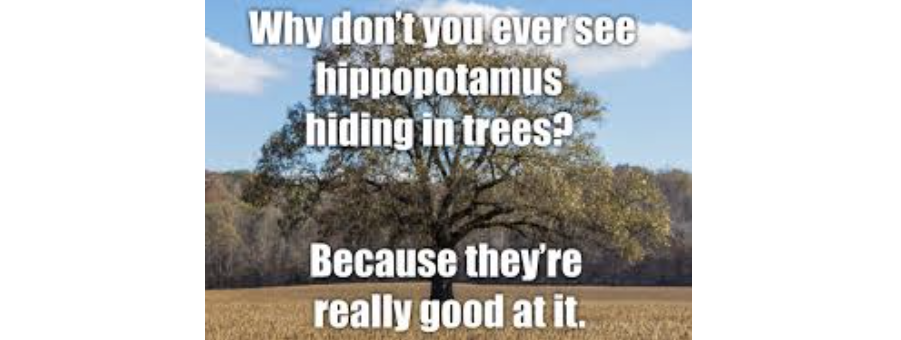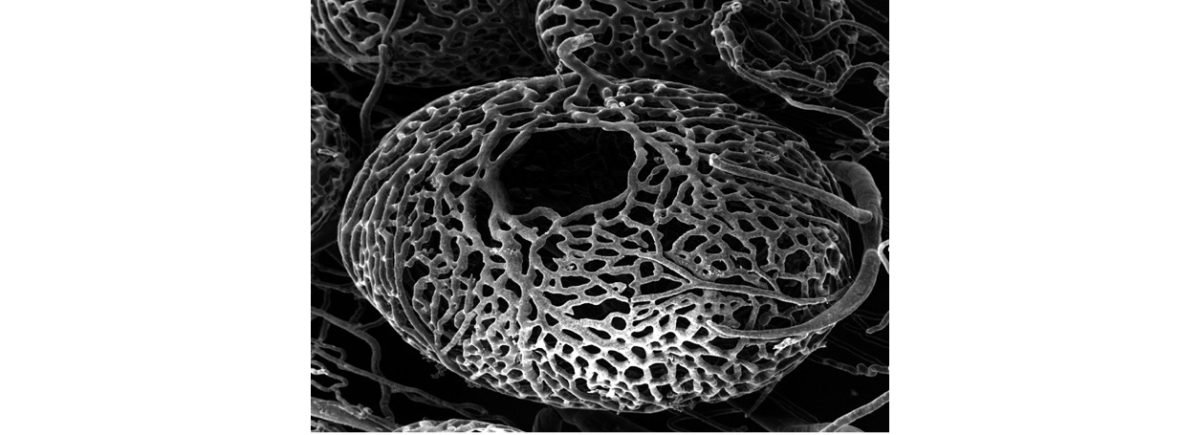From Biochemistry: Water is the element that, by its polarity divides the world of chemistry of the living into polar and apolar elements (hydrophilic and hydrophobic), water is too often taken for granted, it is the organizing motor, and in the end the basic means to biologic motion!
(SEE https://www.linkedin.com/pulse/tidesand-other-particularities-waterand-hows-max-girardin/)
Proteins mainly self-organize, but it is for a big part the water environment in which this happens, that is dictating the how to fold the amino acid chain on itself, later in the really big boys, the Chaperonins help finishing the correct protein folding. It is because of the apolar groups in a protein that water makes it stick into the cell membrane, anchored so to speak. As soon as there is no water on each side of the membrane, the whole architecture falls apart. Water is everywhere and performs its involuntary structuring - automotive role because it behaves as one system, as such moving all over as a whole if there are physico-chemical polarities in it.
From Cytology: Being a combo of biomolecules in a certain configuration, keeps all the precedent characteristics and adds new emergences by the jump in complexity and dimension. Mitochondria for example, in the eukaryotic cells, heat their direct environment up to 49,8°C, so each Mitochondrium, in each cell behaves like a heater in a central heating system, it makes the immediate surrounding water, expand and move.
Practically every organelle in action takes matter out of its cytoplasmatic environment and throws other stuff in it, by these actions changing the osmolarity constantly, and thus enhancing the motion of water, locally, regionally and finally systemically. The water pores in the cell are the open gates, that transduce the effects from dimension to dimension to the whole.
From Histology: Being a combo of cells in a certain configuration, keeps all the precedent characteristics and adds new emergences by the jump in complexity and dimension. The matrix of the inner tissue (connective tissue in modern histology) is diluted in the water, and especially the sugar functions of it bind a part of the water molecules, making the whole still fluid but a little viscous.
Environmental conditions will make the matrix polymerize more or less, shifting by that, the permeability towards viscosity. These shifts make the whole: water and matrix more fluid or gel like, all depending on the local circumstances, which influences the cells and their matrix and or fiber production. Hence, changing the aspect of the whole form, permitting more motion or just less or slower.
The frontier tissue, or all cellular membranes and glands, neurons included, are completely dependent on the permeability of the inner tissue for all their exchanges, as such the inner tissue is indirectly steering the frontier tissue's metabolism, depending of its structuration or polymerization condition. The buffer, being the lamina reticularis, which is almost like more or less structured marsh between the two tissues inner and frontier.
From Anatomy or organically: An organ being the combo of both frontier and inner tissues in a certain configuration, keeps all the precedent characteristics and adds new emergences by the jump in complexity and dimension. A relatively simple organ is a blood vessel, a good start.
Blood vessels absolutely follow the principle of function or behavior creates structure, and when the structure forms, it directs or steers the behavior or function. When we look at this from a formative aspect, it is incredible to see how this principle pervades through all the dimensions or complexity levels. The vessels (whatever the caliber) form around the fluid in motion which maintain a certain continuity, for the ease we call them 'Fluid' trajectories. As such the function-behavior of fluid in motion with a direction, gives a form to the environment, the cells closest to the stream will replicate and eventually differentiate and enclose the trajectory into what we call a vessel. Like Still's example of "the withering fields" the little streams carve into the field, here in the vessels the cells are not carved away but adapt their numbers and shape to the trajectory, enclosing it gradually. Once the form vessel is a fact, it changes the whole environment, as the flow is now stressing less its surroundings by pressure and friction amongst others, the viscosity of the whole surroundings changes, permeability overcomes viscosity in steps or layers. This is extremely visible thanks to electron microscopy, corrosion casts, and fluid dynamics as fields and tools of research.
As demonstrated by Walocha, J., Litwin, J., & Miodoński, A. (2012). Corrosion casting technique. In H. Schatten (Ed.), Scanning Electron Microscopy for the Life Sciences (Advances in Microscopy and Microanalysis, pp. 16-32). Cambridge: Cambridge University Press. doi:10.1017/CBO9781139018173.003







